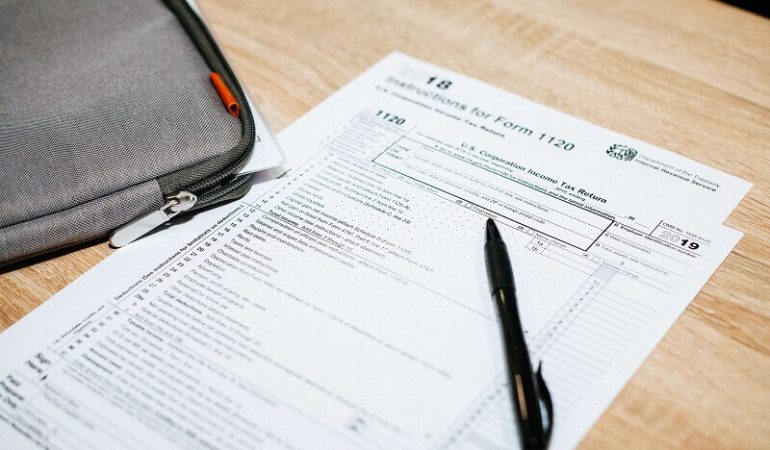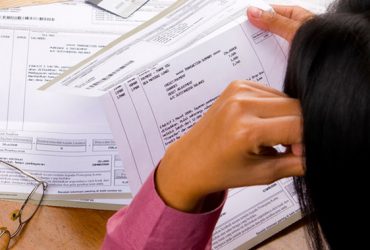Understanding Tax Credits: How to Lower Your Tax Bill
Tax credits are powerful tools for reducing your tax bill and maximizing your savings come tax time. Unlike deductions, which reduce your taxable income, tax credits directly reduce the amount of tax you owe, making them highly valuable for taxpayers. In this article, we’ll explore the ins and outs of tax credits, including different types of credits available and strategies for maximizing their benefits to lower your tax bill effectively.
Types of Tax Credits
There are various types of tax credits available to taxpayers, including refundable and non-refundable credits. Refundable credits can result in a refund if the credit amount exceeds your tax liability, while non-refundable credits can only reduce your tax liability to zero but cannot result in a refund. Common tax credits include the Earned Income Tax Credit (EITC), Child Tax Credit, Adoption Tax Credit, and Education Tax Credits, among others. Each credit has its own eligibility requirements and limitations, so it’s essential to understand the specific rules and criteria for each credit you may qualify for.
Maximizing Tax Credits
To maximize tax credits, take advantage of all available credits for which you qualify and ensure that you meet all eligibility requirements. Keep detailed records of your expenses and activities that may qualify for tax credits, such as childcare expenses, education expenses, or energy-efficient home improvements. Consider consulting with a tax professional or financial advisor to explore tax planning strategies that can help you maximize your tax credits and minimize your tax liability. Additionally, stay informed about changes to tax laws and regulations that may affect your eligibility for certain credits or impact the amount of credit you can claim.
Claiming Refundable Credits
If you qualify for refundable tax credits, be sure to claim them on your tax return to maximize your potential refund. Refundable credits can provide a valuable source of additional income for taxpayers, particularly those with lower incomes or significant expenses that qualify for refundable credits. Keep in mind that some refundable credits, such as the Earned Income Tax Credit, require you to meet specific eligibility criteria based on your income, filing status, and number of qualifying dependents, so be sure to review the requirements carefully before claiming these credits.
Utilizing Non-Refundable Credits
While non-refundable tax credits cannot result in a refund, they can still reduce your tax liability and lower your overall tax bill. Utilize non-refundable credits to offset your tax liability and maximize your savings on your tax return. Be strategic about claiming non-refundable credits to ensure that you receive the maximum benefit without exceeding your tax liability. Consider carrying forward any excess credits to future tax years if you’re unable to claim the full amount of the credit in the current year, as some non-refundable credits allow for carryover of unused amounts.
In conclusion, understanding tax credits is essential for effectively lowering your tax bill and maximizing your savings. By familiarizing yourself with different types of tax credits, maximizing eligible credits, claiming refundable credits, utilizing non-refundable credits, and staying informed about changes to tax laws, you can take full advantage of available credits and minimize your tax liability. Remember to keep accurate records, consult with a tax professional as needed, and take proactive steps to optimize your tax planning and maximize your tax savings through strategic use of tax credits. So start exploring available tax credits today and make the most of your tax return by lowering your tax bill and keeping more money in your pocket.




